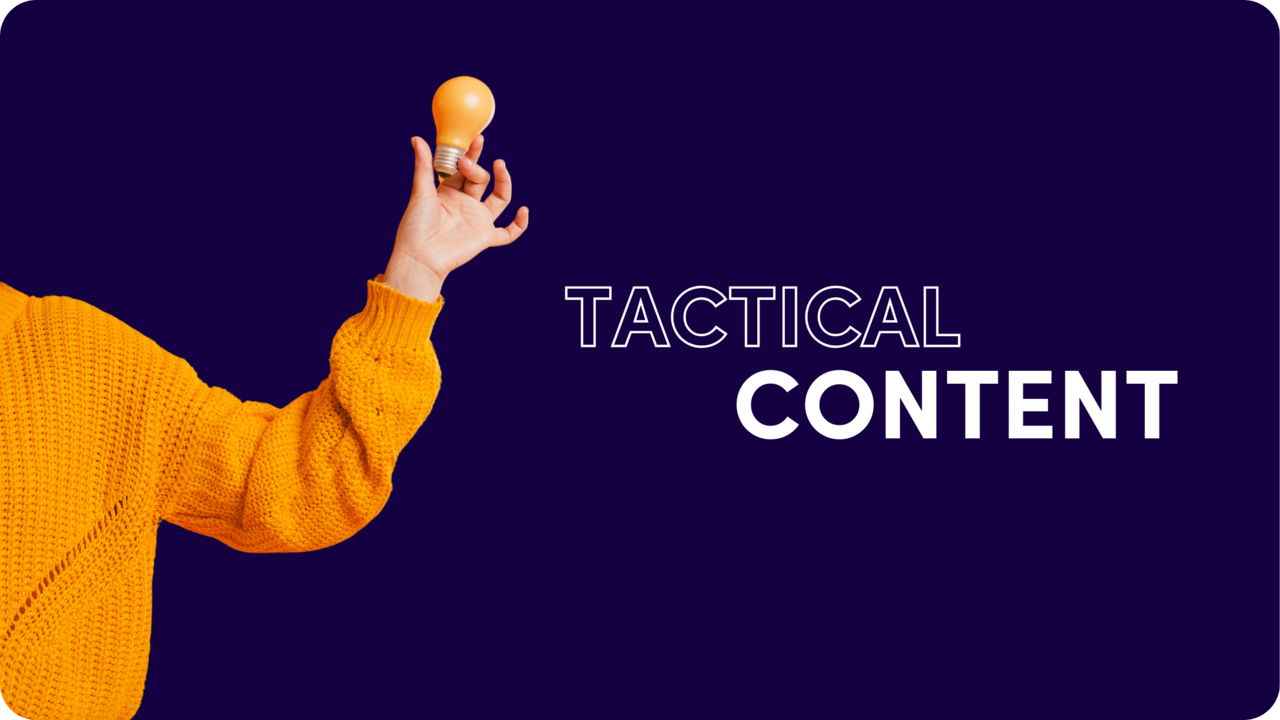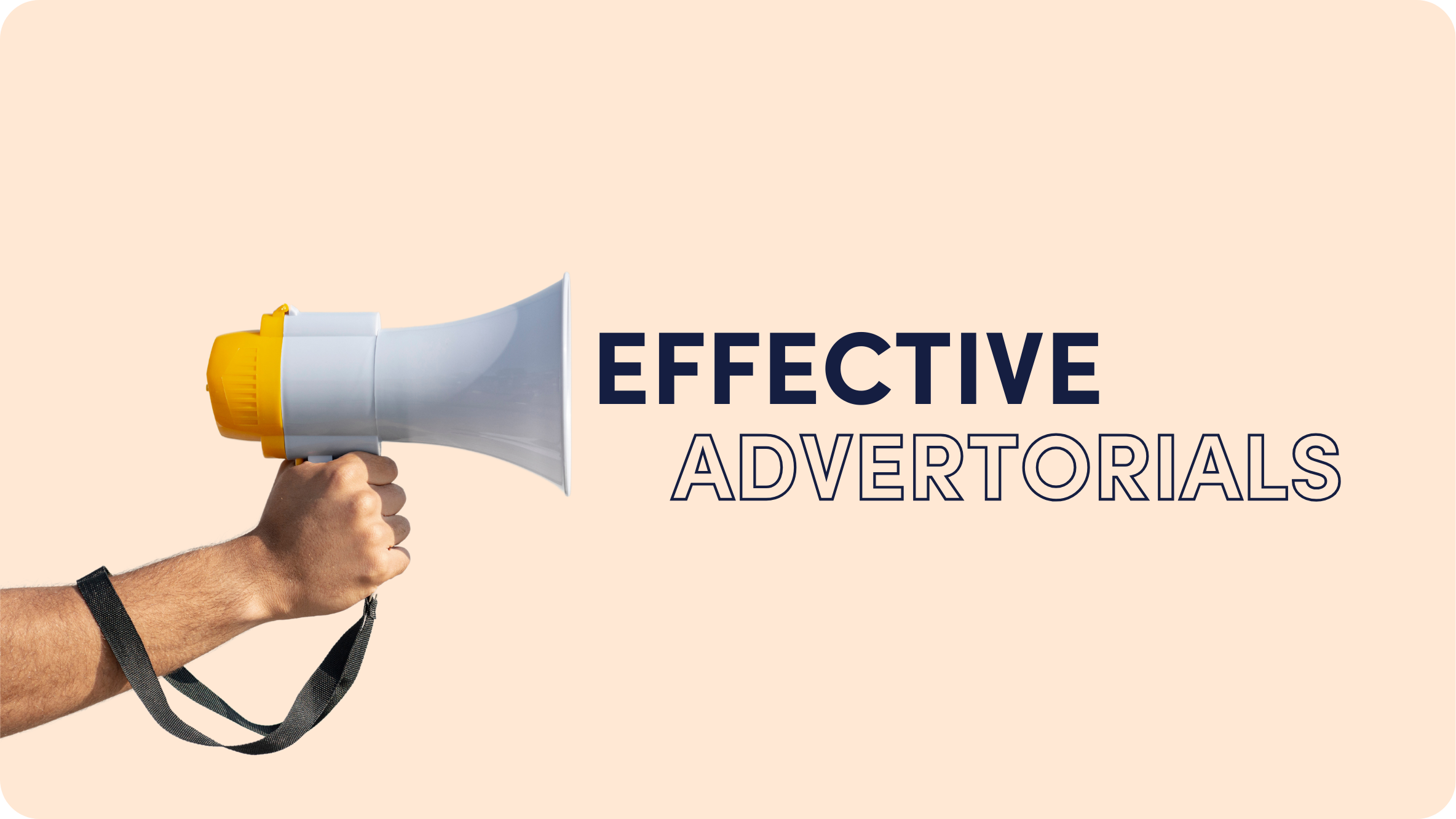5 Ways to Build a Profitable Content Strategy

It’s no secret that digital marketing success is all about content production. Content helps brands connect with their target audiences, enhances customer experiences, and drives clicks and traffic through paid and organic channels.
But when not created strategically, content can easily fall flat. So how do you make sure that your content actually has the highest return on investment and drives real revenue for your business?
Creating high-quality content requires time, tons of resources, and a significant investment from content marketing teams. So to build a content strategy that is both profitable and scalable, consider deploying the below strategies.
1. Create clear audience personas
Before you start creating content, you need to have a solid understanding of your target audience, the platforms they use, and what problems they experience that are solved by your products or services.
Some information you might want to include in your personas include:
- Demographics
- Interests
- Pain points
- Goals and Motivations
- Company Size or Budget
- And more!
Why take the time to craft an audience or marketing persona? They help you better understand your audience’s needs and craft more refined, effective messaging.
If you want your content to do more than just build brand awareness and actually push your audience further down the conversion funnel, it needs to display a nuanced, detailed understanding of who they are and what they want.
2. Prioritize high-quality content
Quantity vs. Quality is an age-old argument among marketers, but in my experience, taking the extra time to ensure the content you create actually brings value to your audience is always, always worth it.
The type of content your team can create – whether blogs, ebooks, videos, or infographics – will most likely depend on the size and resources of your in-house team.
But you can always outsource your content creation, and a single piece of high-quality content can often be repurposed for other channels like social media, native advertising, and more.
So what makes content “high-quality”?
- Includes original reporting or analysis
- Answers your target audience’s questions
- Has a detailed exploration of the topic
- Provides valuable, relevant insights
- Incorporates engaging design elements or rich media
- Has expert authorship and sourcing
Content that meets all of these quality guidelines is more likely to rank well in organic search, convert users, and build expertise and brand authority in the long term.
3. Master SEO
Having a foundational understanding of SEO best practices is an essential building block to a profitable content strategy.
Why? Because with SEO’s affordability, there is more room for error, meaning the opportunity to test out the effectiveness of your content and messaging without having to pay a high pay-per-click.
Also, ranking organically for keywords can drive traffic to your website to perpetuity, as long as you do the necessary work to keep the content fresh and build backlinks to those resources. Unlike paid channels, organic clicks can keep coming even after your campaign budget maxes out, meaning supplementing your paid channels with organic SEO can help lower customer-acquisition costs in the long-term.
Some SEO fundamentals that content marketers should master include:
- Keyword Research: Understanding the questions and phrases users are asking about products and services like yours
- On-Page Optimization: The processes of optimizing your content for specific keyword targets
- Link Building: Earning backlinks to your website through PR and manual outreach efforts and thus elevating SEO performance
Also, having permanent content assets that live on your website can bring all sorts of value beyond keyword rankings. Keeping users on your website for longer, driving users to your site through email marketing or campaigns, and building your topical authority in your niche or industry overall.
4. Leverage native content
With a solid SEO strategy, your content will likely have many visitors from organic search, helping you understand which content assets actually drive users to convert or further along the conversion funnel.
So, why not take those content pieces on your site with the strongest track record of turning site visitors into customers and repurpose them into native advertisements?
In native advertising, the ads resemble the publisher’s content and format — whether a news article, video, or blog post – and appear somewhere on the publisher’s website as if an organic post.
Content that has already proved to generate conversions in your SEO strategy is a strong signal for repurposing in native advertising. Through platforms like Outbrain, you can widen the reach of your content, exposing it to millions of people on the open web and even retarget visitors to your website, making your content assets even more relevant and impactful.
Native advertising has a higher average CTR than display ads (0.2% compared to 0.05%), so they outperform regular paid ads. And although native ads have a higher cost per click than display ads, they generate higher traffic and target relevant audiences with high conversion potential, so they are a key factor in a content strategy that is profitable and ROI friendly.
5. Set Performance-Based Goals
In order to know that your content is actually driving revenue, you need to set performance-based goals.
Although awareness-based marketing can seem effective, it is far more difficult to measure. If you want to be profitable with your content strategy, you need to be able to quantify the economic impact of your content deliverables.
The analytics platforms you use will depend on where your content strategy guides you. If you invest in more affordable channels like SEO, keyword tracking tools can help you track the conversion actions that result from specific pieces of content and your strategic messaging. Use these insights to help you craft the kind of content that drives your audience to action, so you can raise your performance KPIs and get even better results.
Remember, a sales or purchase isn’t the only action that signals users moving along the sales funnel. Some other conversion actions to track include:
- Video views
- Submission forms
- Demo bookings
- Live chats
- Adding items to shopping carts
- And more!
Tracking a variety of conversion actions can also help you better understand the strengths and weaknesses of your content and where your content strategy team can better iterate. Also, assigning a conversion value to the above actions can help you more easily quantify ROI of your content, helping you prove the economic value of your content marketing to key stakeholders or decision makers for your business.











